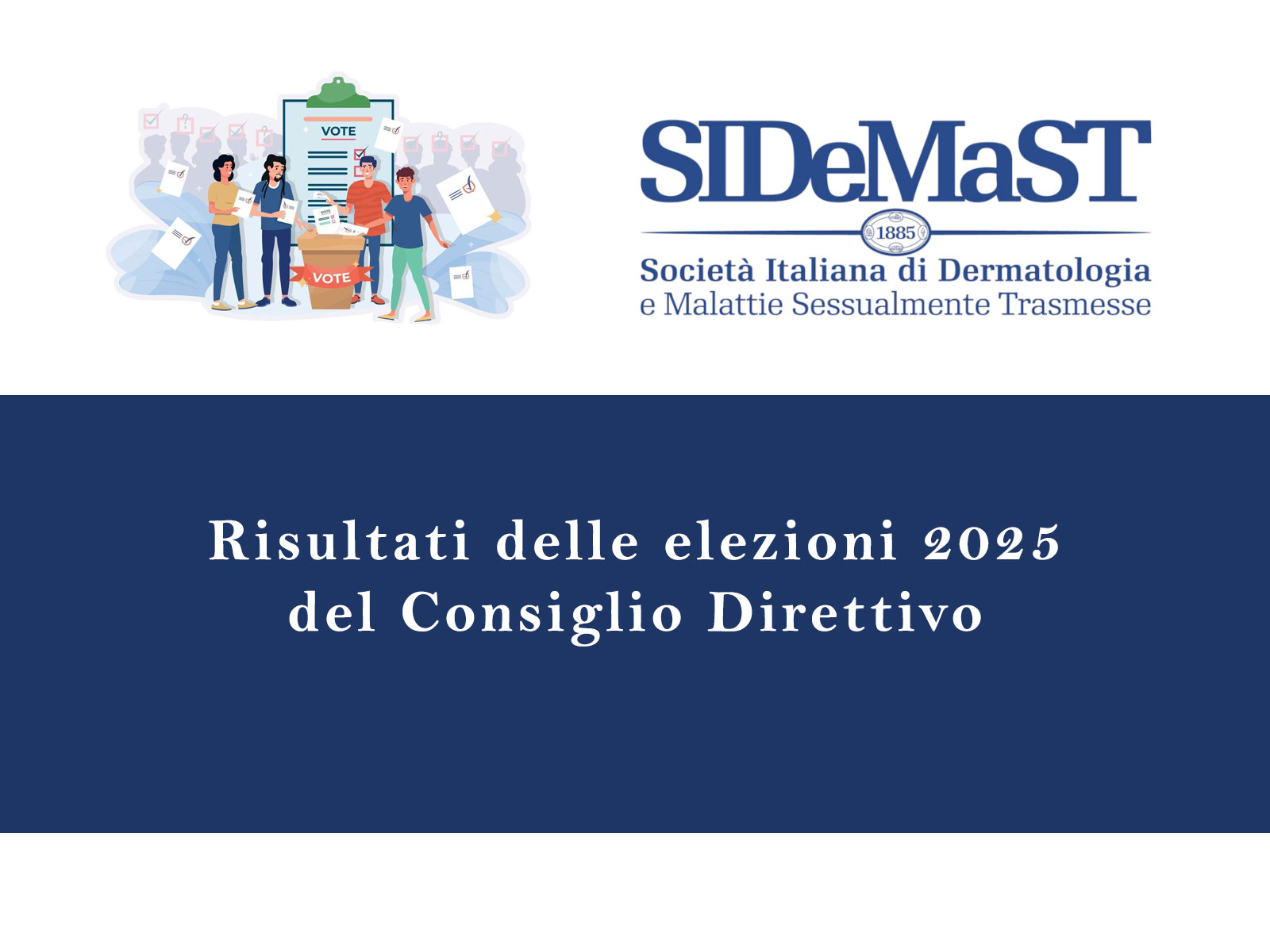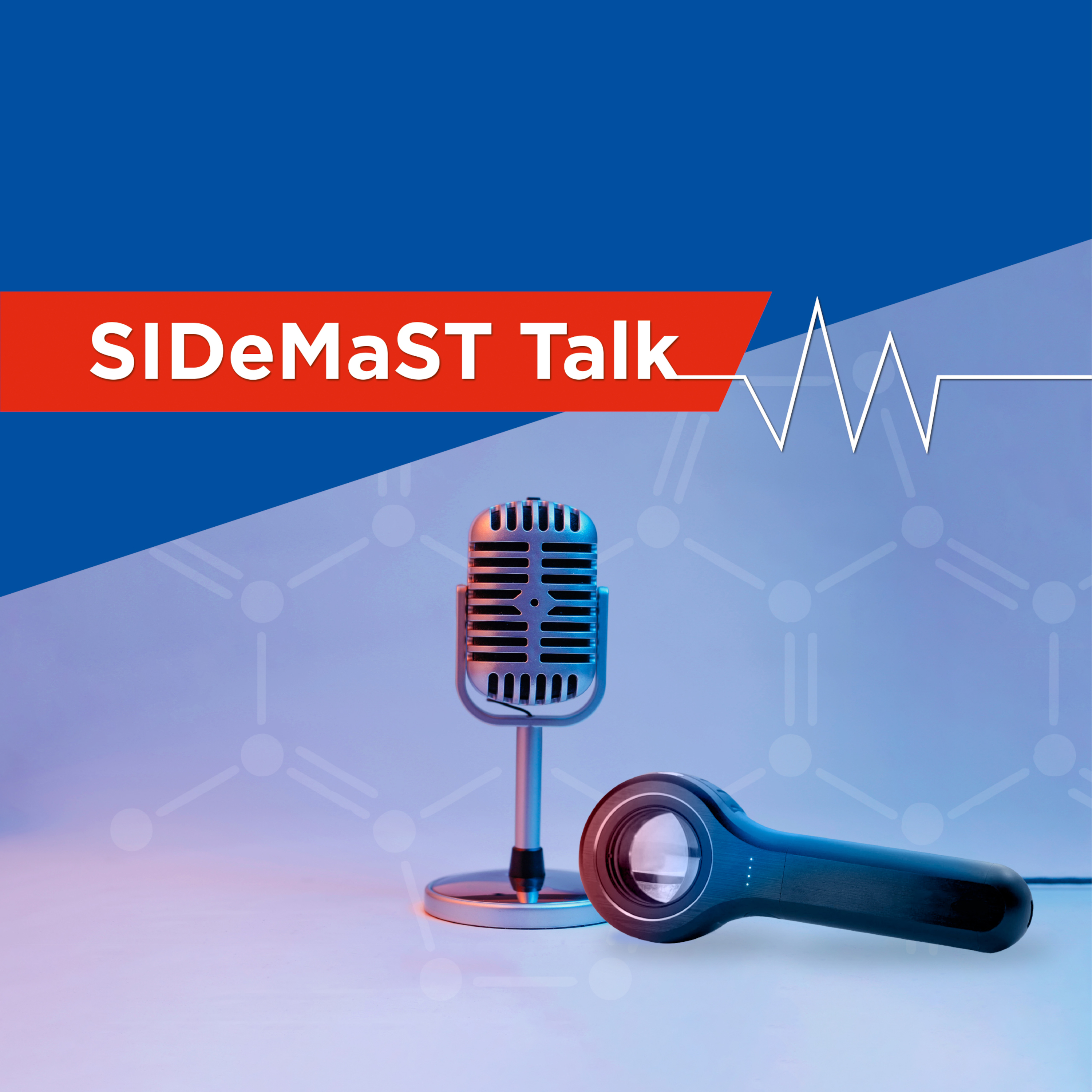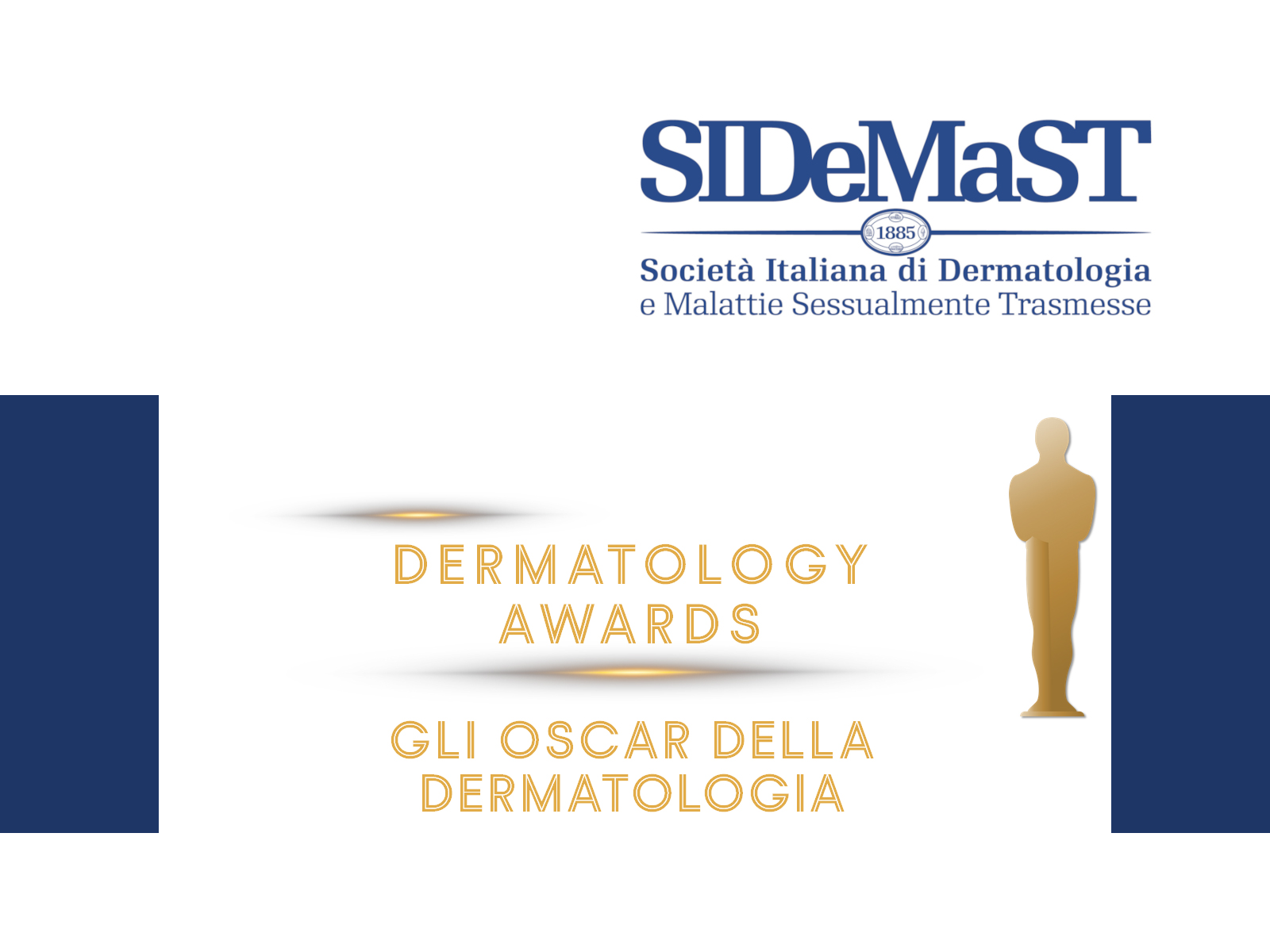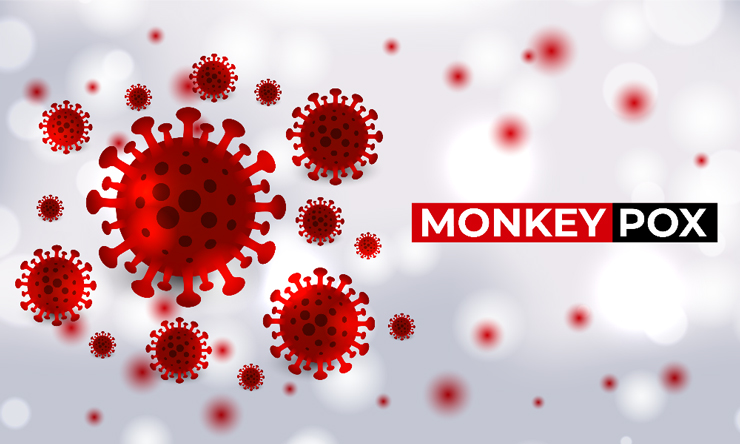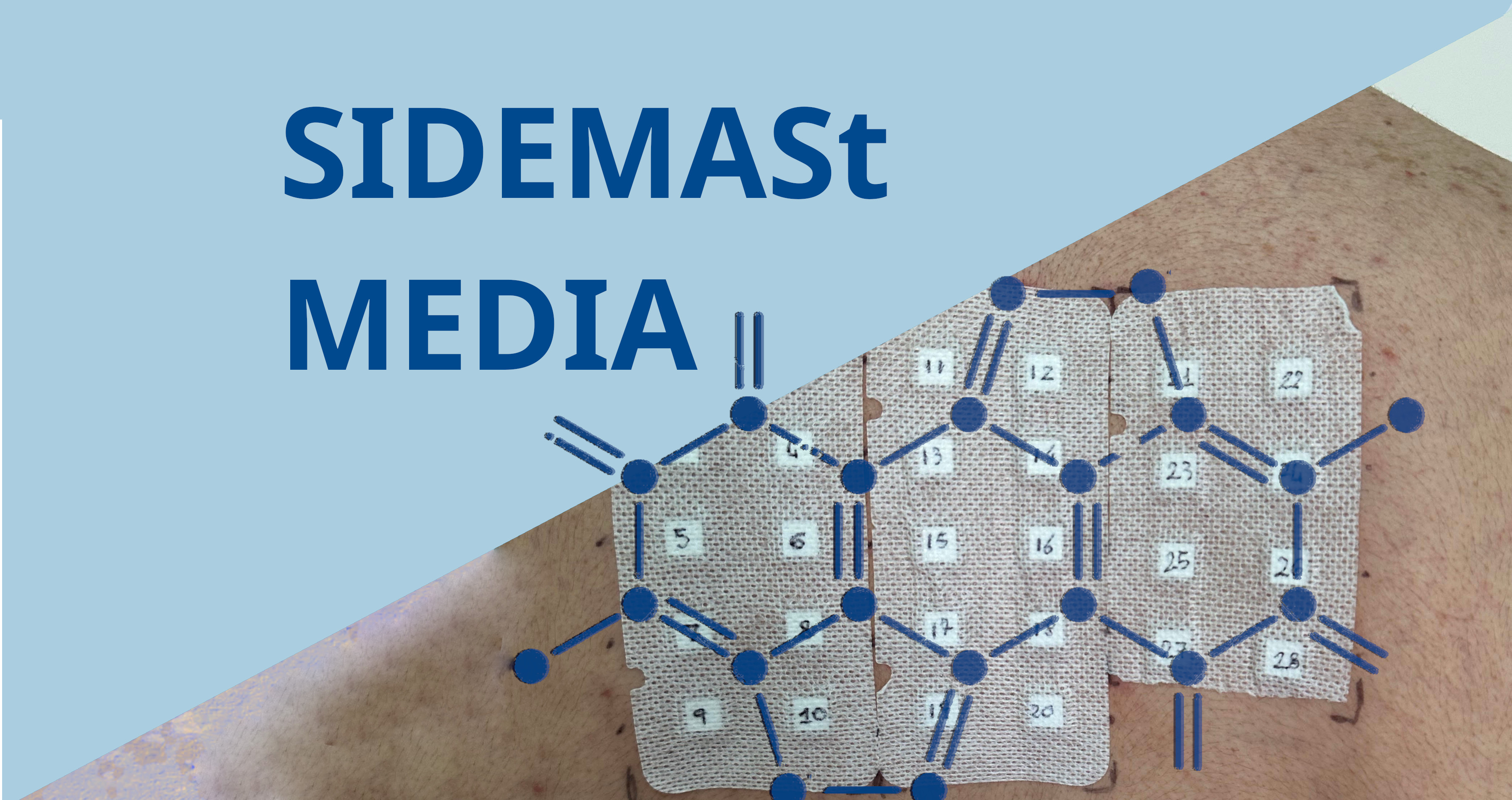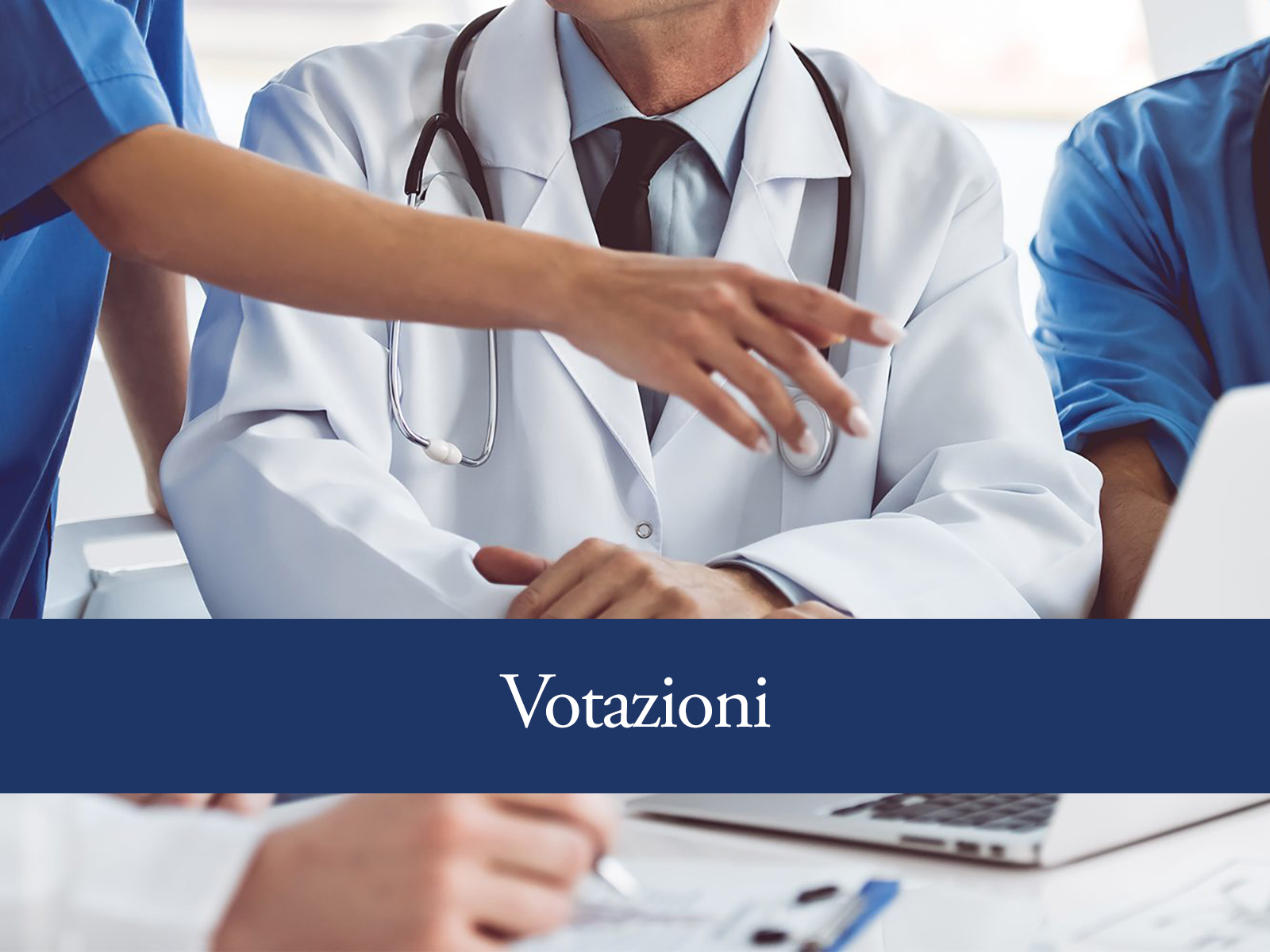Children as young as 2 years of age may benefit from the investigative agent crisaborole topical ointment 2% if they have been diagnosed with mild-to-moderate atopic dermatitis, according to pooled results from 2 identically designed clinical trials presented at the 74th Annual Meeting of the American Academy of Dermatology (AAD).
"If approved, crisaborole topical ointment 2% represents a new, promising, safe and effective treatment for reducing the severity of signs and symptoms of mild-to-moderate atopic dermatitis in patients 2 years age and older," said Adelaide Hebert, MD, University of Texas Medical School at Houston, Houston, Texas, speaking at a late-breaker oral presentation here on March 5.
Dr. Hebert and colleagues found that treatment with crisaborole ointment was superior to a placebo ointment in reducing atopic dermatitis assessed by the Investigator's Static Global Assessment (ISGA).
In study 301, by day 29 of the study, 32.8% of 503 patients treated with crisaborole had achieved at least a 2-grade improvement in their skin condition on the 5-point ISGA scale compared with 25.4% of 256 patients who were assigned the placebo vehicle (P = .038).
In study 302, 31.4% of 513 patients treated with crisaborole ointment had achieved the primary objective of at least a 2-grade improvement in ISGA assessment compared with 18% of 250 patients who were assigned the placebo ointment (P < .001).
Dr. Hebert said that crisaborole is a small molecule with unique benzoxaborole chemistry, incorporating boron to inhibit phosphodiesterase4 activity. Boron also exhibits anti-inflammatory properties. The ointment is a nonsteroidal agent.
Between the 2 trials, about 30% of the patients were aged 2 to 6 years; another 30% were aged 7 to 11 years; about 25% were aged 12 to 17 years; and about 15% were aged 18 years of age or older.
"We observed no treatment-related serious adverse events among patients treated with crisaborole," she said, adding "the majority of adverse events in crisaborole-treated patients were mild in severity." She noted that discontinuations due to adverse events was about 1.2% in patients treated with crisaborole and about 1.2% in the patients who were given the vehicle ointment.
"No clinically meaningful differences were observed between crisaborole-treated and vehicle-treated patients in their vital signs, electrocardiograms and clinical laboratory parameters," Dr. Hebert said.
Funding for both studies was provided by Anacor Pharmaceuticals, Inc., Palo Alto, California.


